What is the biggest key to our nutrition? Is it nature – genes? Or, is it nurture – exposure to various environmental catalysts? When we look at disease the big three are cancer, heart related diseases and diabetes. Heart disease and Type 2 diabetes can truly be avoided and reversed with proper eating habits and regular exercise. Cancer is the scary one. Cancer seems to be a genetic ticking time bomb. This is true in some cases, but it is important to understand a bit more.
Cancer is not necessarily preventable through proper nutritional habits; however, nutrition is a predominant factor. Genetics is not the straight, causal line that we are sometimes led to believe. Nutrition can alter gene expression and mitigate symptoms. Nutrition affects the way our bodies respond to damaged or mutated genes. Genes are the “nature” or starting point for the health and disease continuum, but they are not necessarily unalterable or fixed.
We have all read percentages connected to preventing cancer. The following are actual figures: not smoking prevents 90% of all lung cancer, a proper diet prevents 30% of all lung cancer, and avoiding air pollution prevents 15% of all lung cancer. Any grade school child can add these figures together and come up with 135% chance to prevent lung cancer. I like those odds. Certainly not smoking, eating healthfully and avoiding air pollution are healthy habits. We have also read studies of carcinogens and many of these studies are conducted in lab rats / mice. Species to species extrapolation has many confounding limitations. The point is that risk does not actually exist as an objective reality. These numbers are dictated by how much we presently know and a lot more by how much we don’t know, and there is a lot that we do not know.
According to Ph.D Colin Campbell a Cornell professor and researcher - Nutrition has far more influence on health and disease than any other single factor.
What do we know? Since World War II cancer, heart disease, and diabetes rates have increased in dramatic proportions. The standard American diet in conjunction with an ever increasing sedentary lifestyle is the biggest reason for the increases in these diseases. We know the main cause.
Sadly we have become a culture that views eating a diet consisting of primarily vegetables, fruits, beans, nuts, seeds, and whole grains and taking a 30 minute walk every day as more radical than consuming pharmaceuticals with a host of negative side effects, surgeries, radiation and chemo. These are reactive responses and last resort interventions. In no way am I casting guilt or blame on anyone who is suffering, but I am hoping we will truly consider what we can control.
We know that just taking a multivitamin and a supplement of the macronutrients protein, carbohydrate and fat will not support life and in many cases these supplements cause serious problems. We know that whole foods are doing things in a way that we don’t fully understand yet - and may never completely understand. There is no "one size fits all" solution, but whole foods focused on vegetables, fruits, beans, nuts, seed, and whole grains and in that order is our offense and defense.
Whole food plant based nutrition is the best proactive disease management system and does not come with any negative side effects.
Give it a try.

